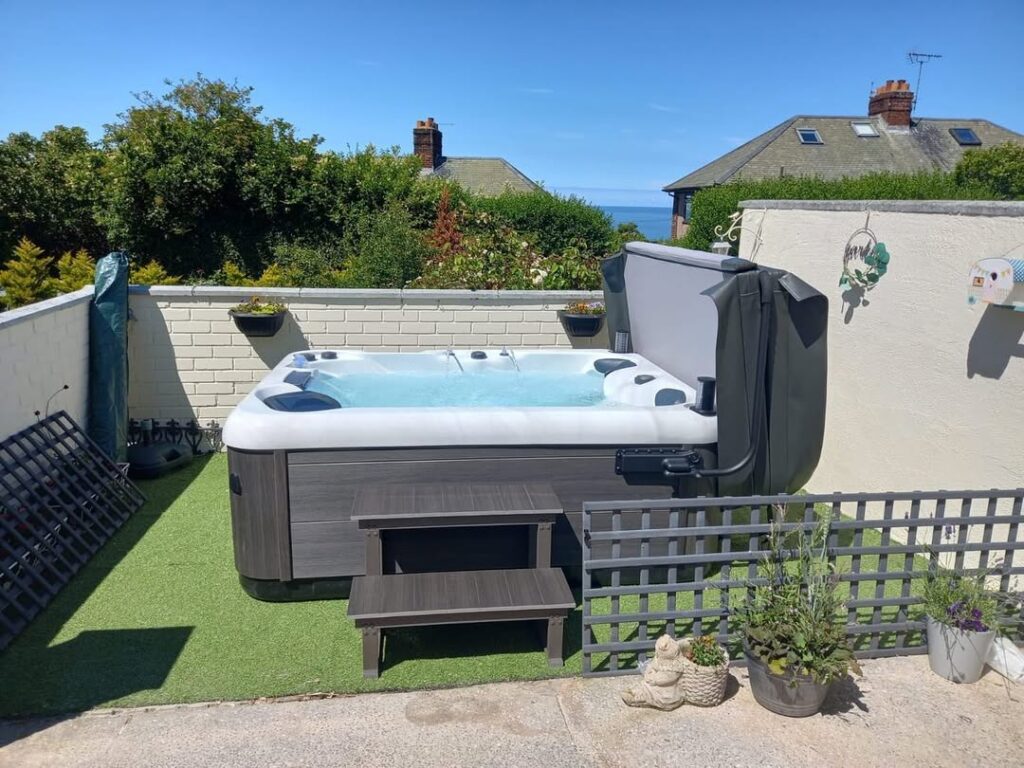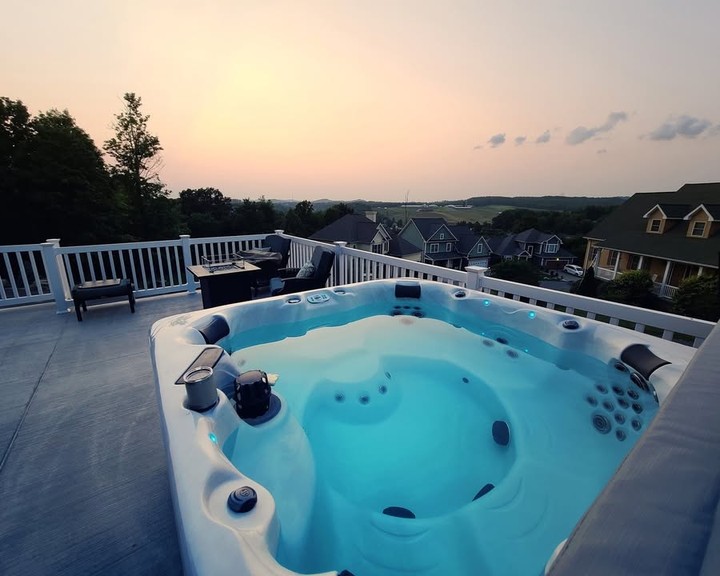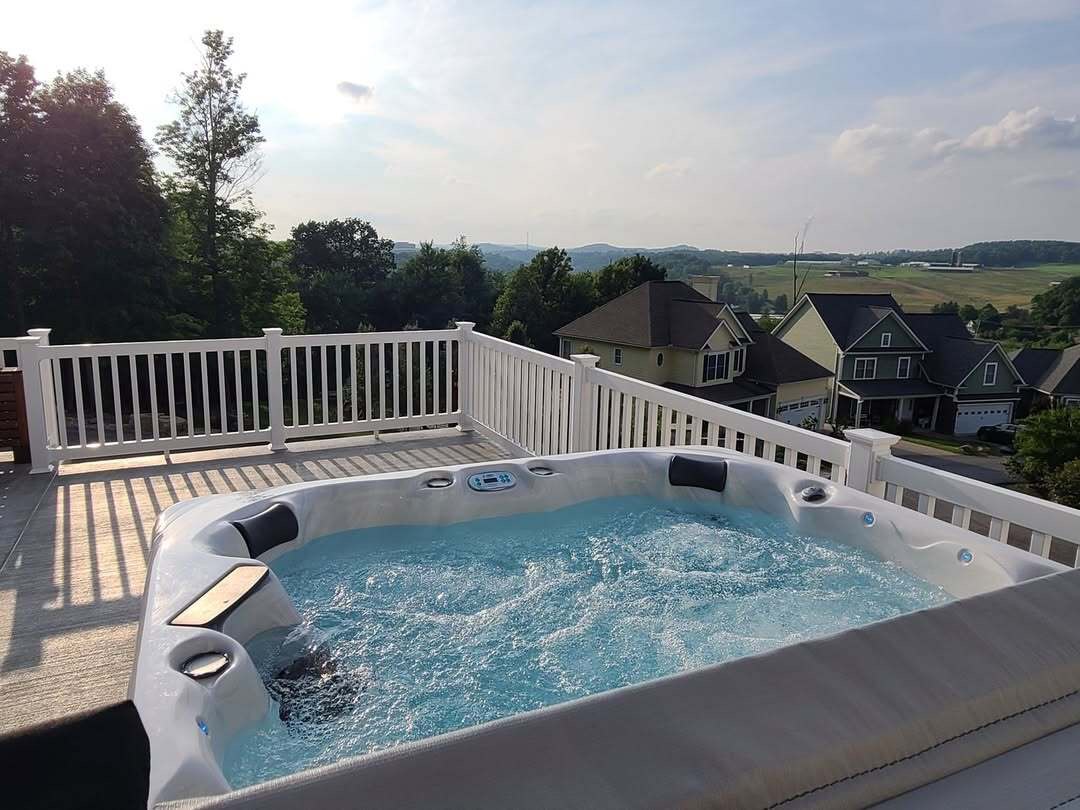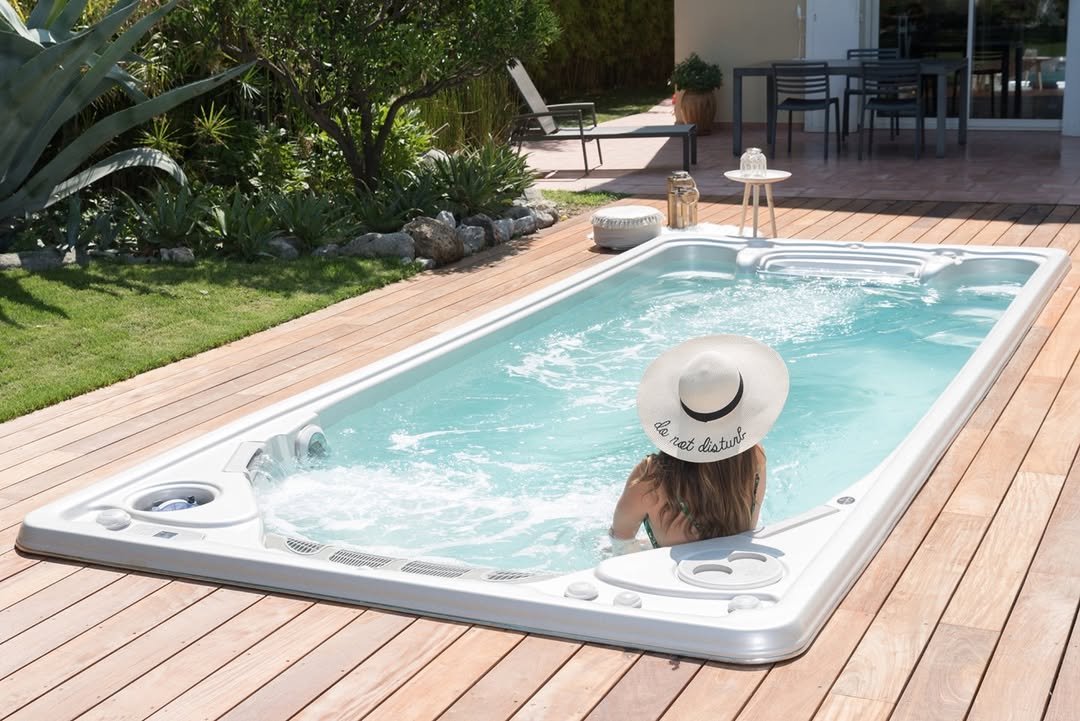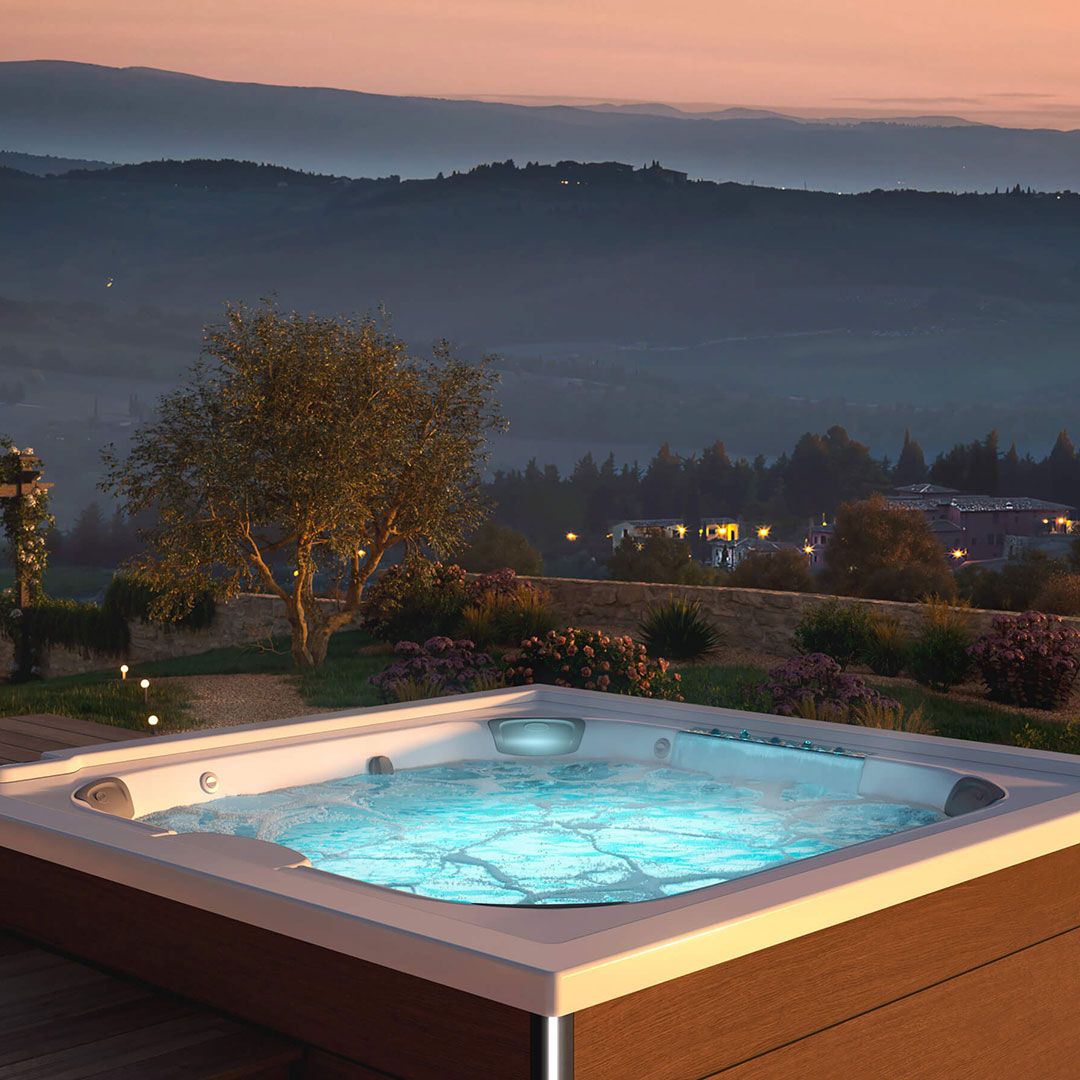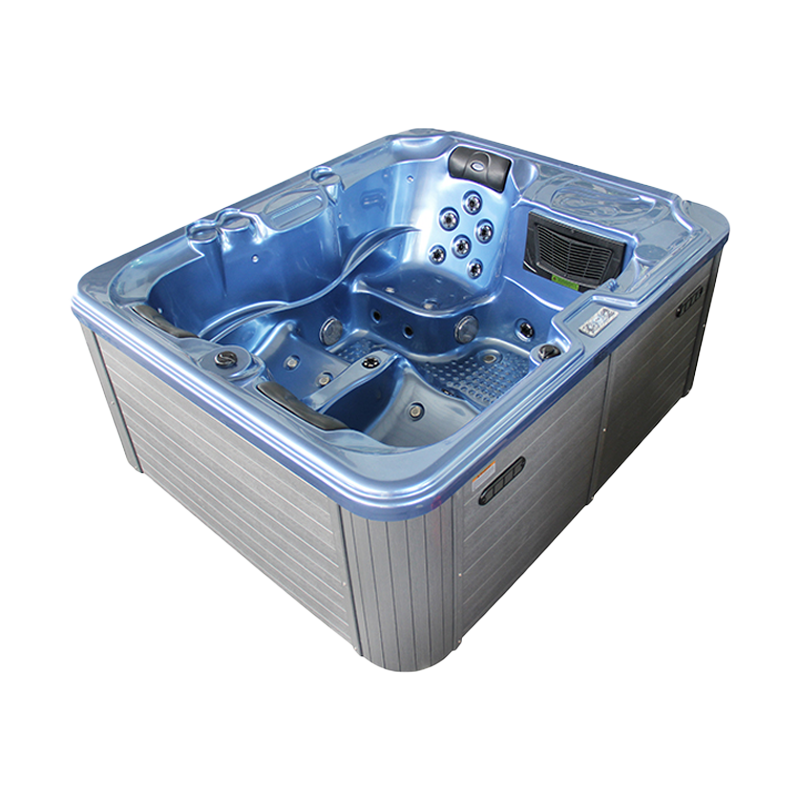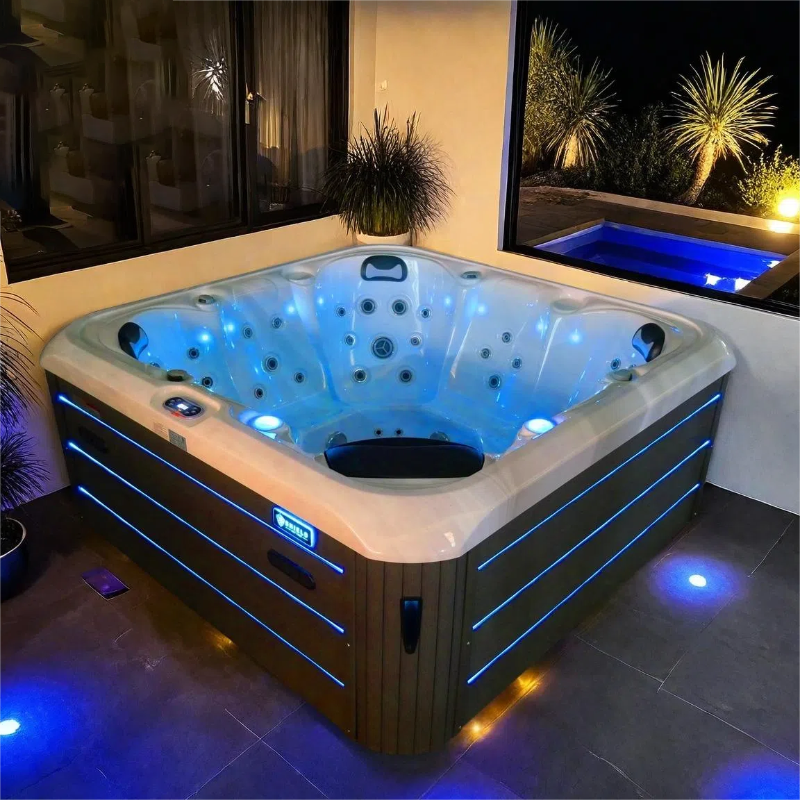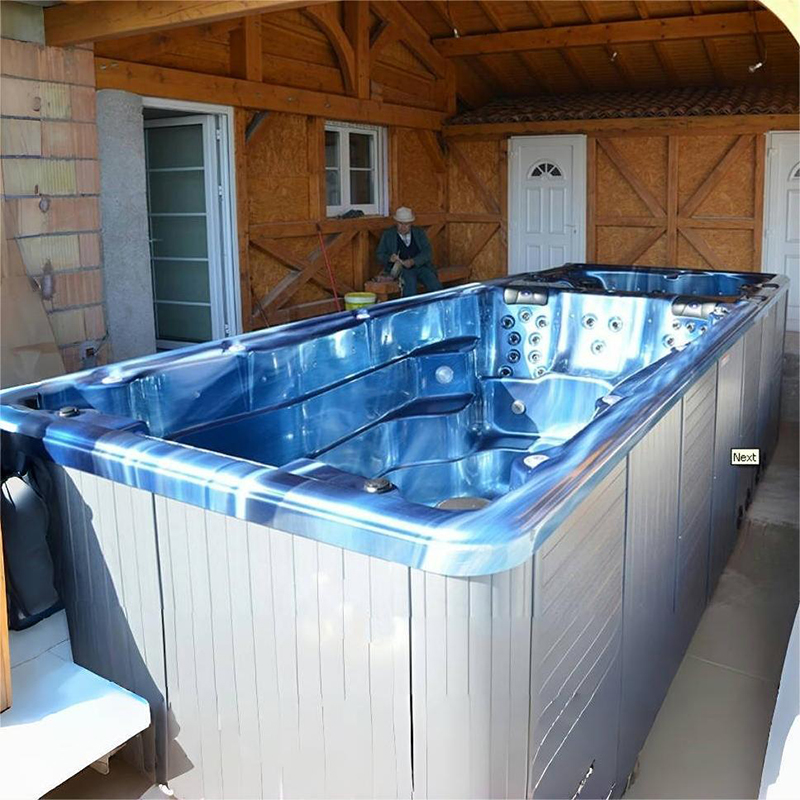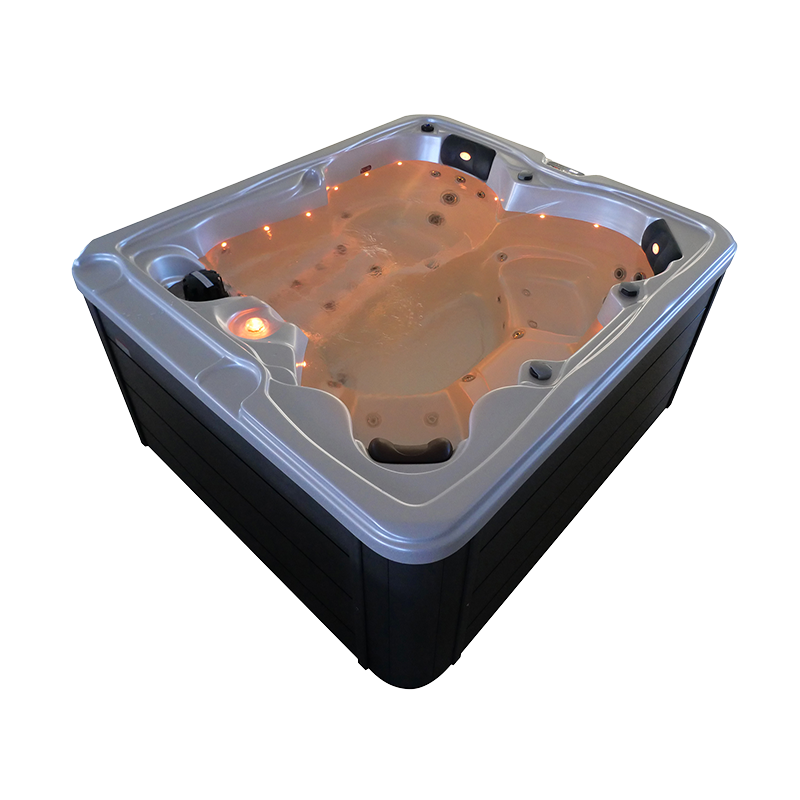Hot tubs are a favorite relaxation tool for many adults, but they’re also a major attraction for kids. The bubbling water and the warmth can feel inviting, and children often love the idea of joining in the fun. However, parents often face concerns when it comes to letting their children use hot tubs. The high water temperatures, combined with potential safety hazards, can make it tricky to determine if it’s a good idea to allow kids to enjoy the spa experience. Despite these concerns, it’s possible for children to safely use hot tubs if proper precautions are taken.
This article will explore whether it’s safe for kids to use hot tubs, dive into the key safety considerations, and provide guidelines on how to ensure children enjoy hot tubs safely. We’ll also look at the benefits of hot tubs for kids, factors to consider before letting them in, and tips on how to prepare your hot tub for safe use.
1. Is It Safe for Kids to Use Hot Tubs?
Safety Concerns for Children in Hot Tubs
Before allowing children into a hot tub, parents should be aware of a few important safety concerns. While the American Academy of Pediatrics does not issue a blanket ban on hot tub use by children, they do recommend certain precautions. The Centers for Disease Control (CDC) advises that children under 5 should avoid hot tubs entirely. This is because their bodies aren’t equipped to handle the high temperatures and could experience severe overheating or dehydration much faster than adults.
For older children, there are still several factors to consider that could make hot tub use unsafe without appropriate measures in place.
Temperature Risks
One of the biggest safety concerns is the temperature of the water. Most hot tubs are pre-set to a temperature of 104°F (40°C), which is far too hot for young children. The high temperature can lead to overheating, dehydration, or even heatstroke, especially since children’s bodies absorb heat much faster than adults.
According to the Pool and Hot Tub Alliance (PHTA), it’s essential to lower the hot tub temperature to a safe level before allowing children in. They recommend setting the temperature to no higher than 98°F (37°C) for children. Furthermore, it’s important to ensure that children do not fully submerge themselves in the water. If possible, use a seat or make them sit on the steps so that they remain partially submerged.
Time Limits for Children
Even with a reduced temperature, time spent in a hot tub should be limited to avoid excessive heat exposure. It’s advisable for kids to spend no more than 5 minutes at a time in the hot tub, and they should never exceed 15 minutes in a single session. Prolonged exposure to hot water can be dangerous, even at lower temperatures, so monitoring time is key.
Proper Water Depth and Suction Drains
Another factor to keep in mind is the water depth. If a child cannot stand with their head completely above water, they should not use the hot tub. It’s vital that their head remains out of the water at all times.
Suction drains are another safety hazard. If a child dives underwater or gets too close to a drain, their hair or body could get stuck, which could lead to drowning. The CDC reports that drowning is one of the leading causes of injury deaths among children aged 1-14. Even if a child isn’t currently in the hot tub, always make sure the drain is covered when it’s not in use.
2. What Is a Safe Temperature for Kids in a Hot Tub?
To ensure that children enjoy the hot tub without being exposed to unsafe temperatures, it’s crucial to monitor the water temperature closely. The recommended maximum temperature for kids is 98°F (37°C), which is a significant reduction from the standard 104°F used for adults. This is because children are more vulnerable to heat and are less able to regulate their body temperature effectively.
Before letting kids in, always use a thermometer to check the water temperature. Even if the water seems comfortable to you, it could still be too hot for a child. Keep a close watch on children and allow them to take breaks often to cool off.
3. Guidelines for Safe Hot Tub Use for Kids
Age and Supervision Requirements
The CDC suggests that children should be at least 5 years old before using a hot tub. Even then, constant adult supervision is essential. Never leave children alone in or around the hot tub, even for a brief moment.
Safe Time Limits
- Recommended time for children: 5-15 minutes per session
- Maximum time in the hot tub: Never exceed 15 minutes at a time
The shorter the duration, the safer the experience will be for your child. Always monitor their behavior and check in regularly to make sure they’re feeling comfortable.
Chemical Balance
Maintaining the proper chemical balance in your hot tub is important for everyone’s health, especially children, who may be more sensitive to skin irritations. Regularly test the water with a testing strip and adjust the chemicals as necessary to maintain proper pH levels. Be sure to replace the filter regularly to prevent bacterial growth and ensure the water remains clean.
4. How to Prepare Your Hot Tub for Children
Proper preparation of the hot tub is key to ensuring safety. Here are some steps to take before allowing children to use the spa:
- Check the water temperature: Use a thermometer to ensure the temperature is set to 98°F (37°C) or lower.
- Test the water’s chemical balance: Ensure that the water is properly balanced to prevent skin irritation or infection.
- Clear the area around the hot tub: Make sure the hot tub is surrounded by slip-resistant surfaces like mats to prevent falls.
- Cover the hot tub when not in use: This helps prevent accidents, especially if the hot tub is left unattended.
5. The Benefits of Hot Tubs for Kids
When used responsibly, hot tubs can offer several benefits for children:
- Muscle relaxation: Warm water can help relieve muscle soreness, especially for kids involved in sports.
- Promotes relaxation: A short soak in a hot tub can help children unwind and de-stress after a long day.
- Family bonding: Hot tubs can be a great way to bring families together for fun and relaxation.
While these benefits are real, they should be enjoyed under strict supervision and with time limits in place to avoid any risks associated with heat exposure.
6. Can Kids Go in a Jacuzzi?
A Jacuzzi is simply a brand name for a hot tub, and the safety guidelines are the same for both. Whether you’re at home or on vacation, be sure to set the temperature to 98°F and supervise your child carefully. Jacuzzi jets can be strong and may be too intense for smaller children, so make sure they’re comfortable with the water’s pressure.
7. FAQs About Kids and Hot Tubs
Q1: How can I tell if the hot tub is too hot for my child?
Use a thermometer to check the water temperature before allowing your child in. If the water feels too hot to you, it will likely be too hot for your child. The maximum safe temperature for children is 98°F.
Q2: Can my child use the hot tub if they have sensitive skin?
Children with sensitive skin should be particularly cautious when using hot tubs, as unbalanced water chemicals can cause irritation. Always test the water for proper pH levels and consult a pediatrician if your child has any skin conditions.
Q3: What are the risks of children using hot tubs?
The main risks include overheating, dehydration, drowning (due to suction drains), and slip-and-fall accidents. These risks can be minimized by maintaining a safe water temperature, limiting time in the hot tub, and ensuring constant supervision.
8. Enjoying Hot Tubs Safely with Children
Hot tubs can be a great way for families to unwind and spend quality time together, but they come with specific safety concerns when children are involved. By following the recommended guidelines—such as setting the temperature to 98°F, limiting time spent in the water, and maintaining proper supervision—you can ensure that your child’s hot tub experience is both safe and enjoyable.
Remember, safety comes first, so always be mindful of the risks and take necessary precautions. Whether at home or on vacation, a hot tub can be a wonderful way to relax, but only when used responsibly.

